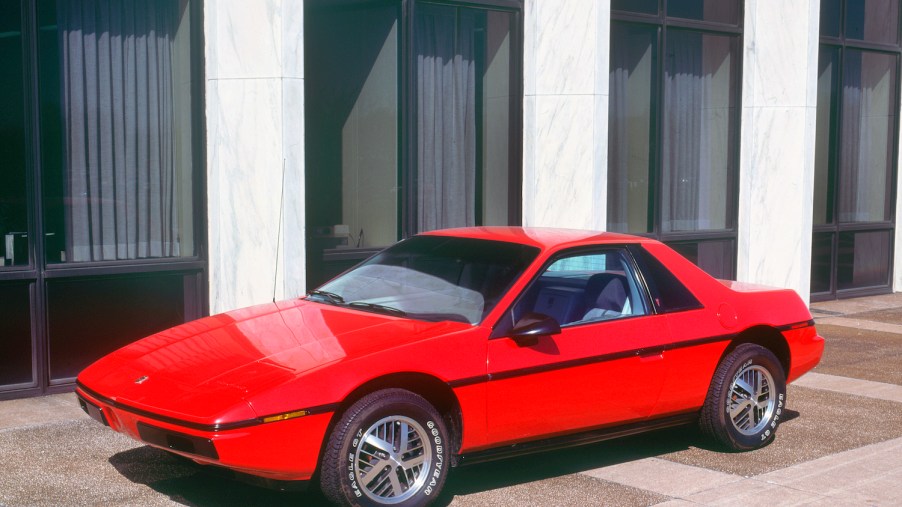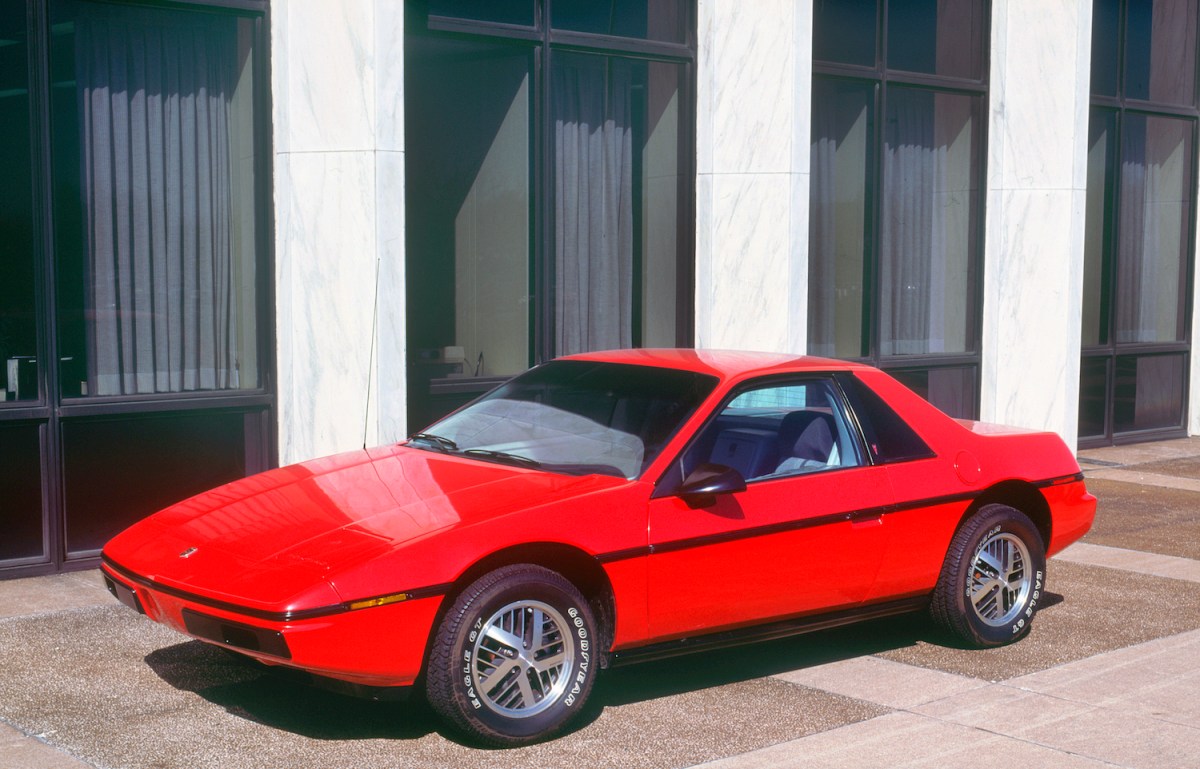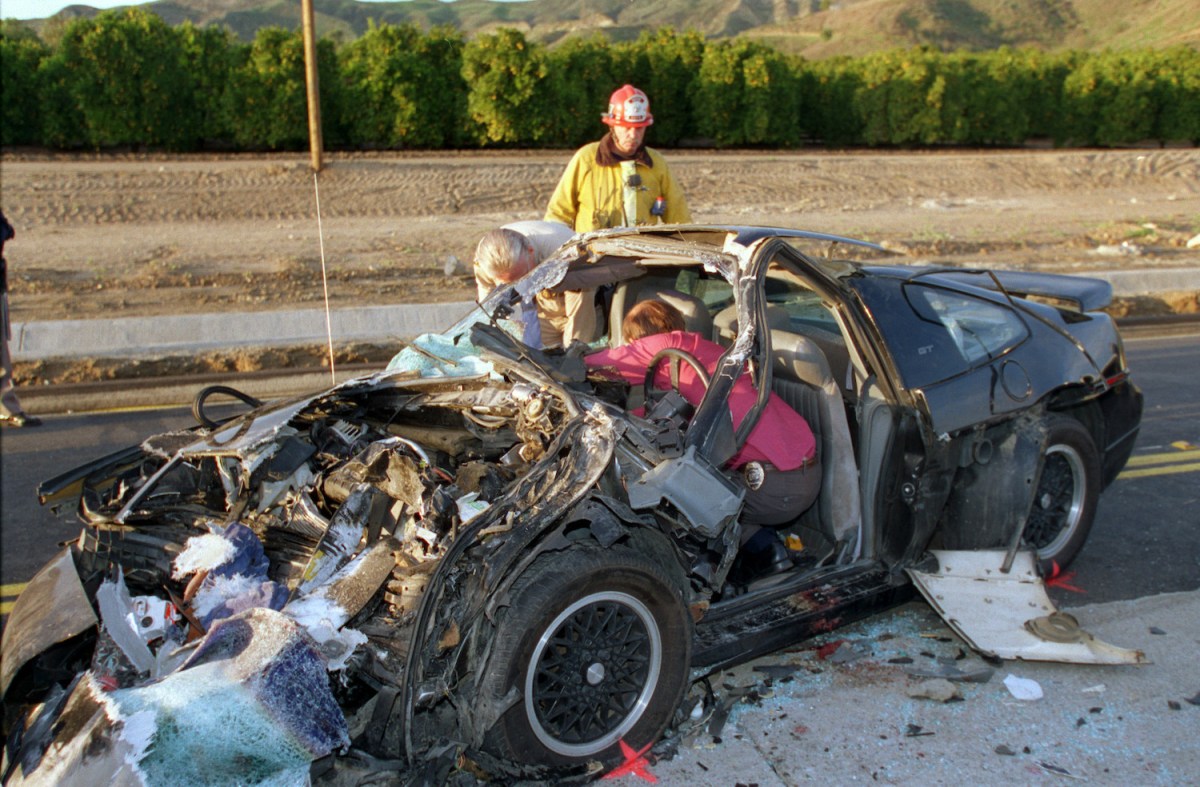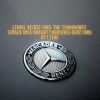
The Pontiac Fiero Can Be a Reliable Sports Car
Performance cars from the 1980s sometimes get a bad reputation for being unreliable, slow, or just plain ugly. The Pontiac Fiero is such a car, and in some circles, hits all three. The little Pontiac has been through a lot of discrimination, and not all of it is justifiable. It looks as good as any other performance car from the era, including the Mazda RX-7 and Toyota MR2, and offers a rear-engine layout that wasn’t common among American cars.
It was, however, relatively slow and earned a reputation over the years for being unreliable. Like any other car, reliability depends on how well the owner cars for their vehicle. Unfortunately for the Fiero, it doesn’t get any flexibility from the masses, but the Pontiac Fiero can be reliable, and we will try and prove it.
The Mid-engine MR2 competitor

The Pontiac Fiero used two engines over its short lifespan from 1984-1988. The first was a 2.5-liter inline-four called the Iron Duke. It made 92 horsepower and got the 2,580-pound car to 60 mph in 11.3 seconds. A second engine came along in 1985, in the form of a 2.8-liter V6 for the Fiero GT. It made 140 horsepower, which is more than a Toyota MR2 made at the time. The Fiero chugged along for the next three years, earning new suspension, hydroelectric power steering, and new brakes before Pontiac discontinued it in 1988.
Common Pontiac Fiero Problems

Let’s start with the engine. The V6 may occasionally display signs of low oil pressure, which can spin a rod bearing. It also suffers from exhaust leaks from cracked exhaust manifolds. Finally, the car had a weak upper engine mount, and when it fails, it will cause the lower engine and transmission mounts to fail as well. The Fiero Store sells upper engine mounts made of tig-welded chrome-moly steel, fitted with polyurethane bushings. Pontiac built the factory part from aluminum, with rubber bushings, so this is part from The Fiero Store is a massive improvement.
Parts are available for the Pontiac Fiero
In terms of the drivetrain and suspension, the clutch system presented the most significant issues. If in the market for a Fiero or a Fiero GT, replacing the clutch’s hydraulic system could prevent big headaches down the road. Checking for free play in the front and rear wheels could reveal problems with the steering system. Owners recommend installing parts built for the 1988 model year because of its massive steering and suspension overhaul. Pontiac Fieros can also rust. Under the battery, the sides of the trunk by the wheel wells, and the radiator braces, are all areas prone to rust.
Pontiac Fieros had a robust chassis
At this juncture, every Fiero will need some interior restoration unless it’s in mint condition. It takes some due diligence, but interior parts are available. Some parts can be hard to find since the Fiero was made to such small production numbers. In general, the Fiero was overbuilt, so the chassis and engines could withstand a lot of abuse. The Fiero is typically considered unreliable, but it can last for a long time as long as you fix these issues. It will always be an American classic.


